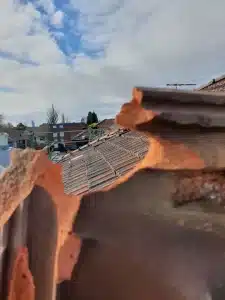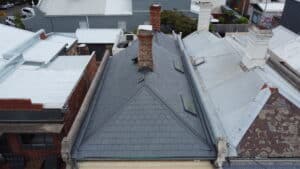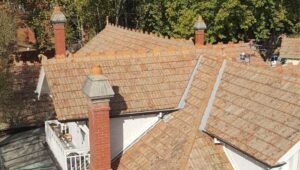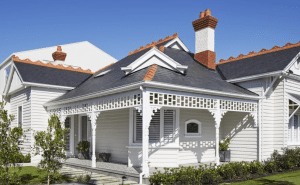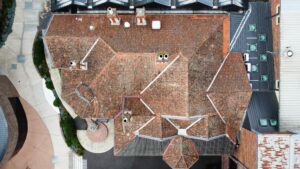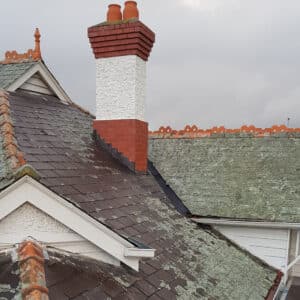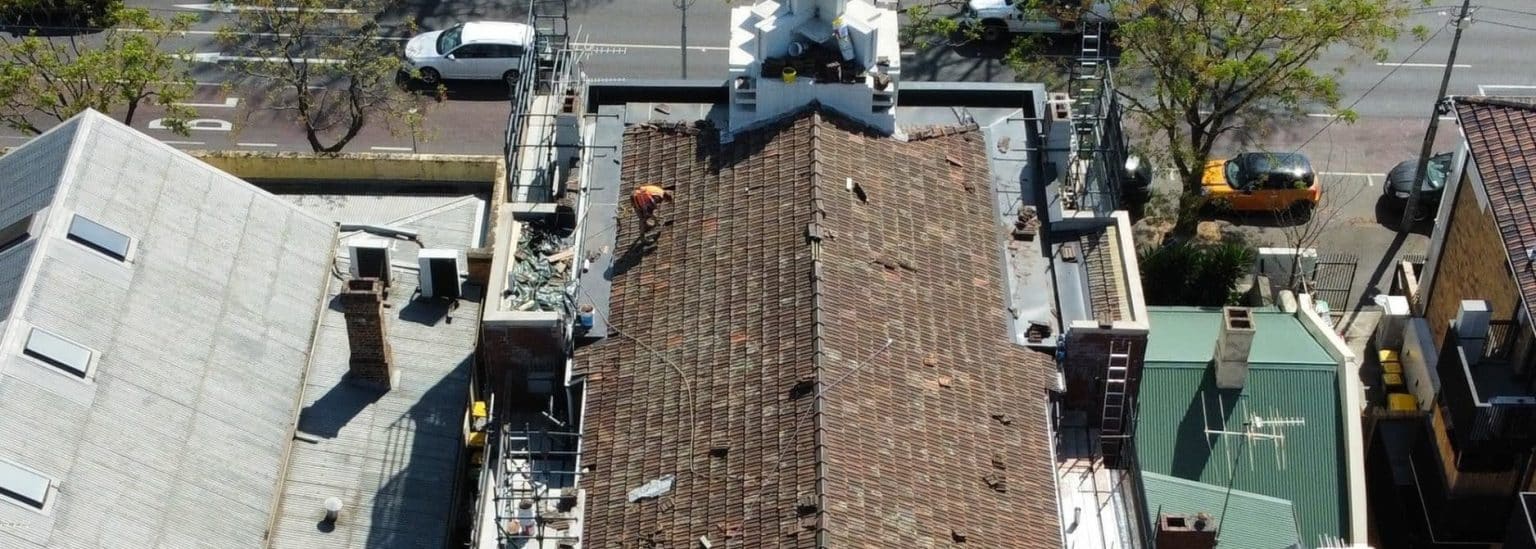
Deciding whether to restore a tiled roof depends on several factors, including the condition of the roof, its age, the extent of damage, the historic setting and your budget. Here are some considerations to help you determine if restoring your tiled roof is worth it:
Roof Condition:
Assess the overall condition of your tiled roof. If the tiles are in good shape, with minimal damage or wear, restoration may be a viable option. However, if the tiles are extensively cracked, broken, or deteriorated, restoration may not be the best solution, and a roof replacement might be necessary.
Roof Age:
Consider the age of your tiled roof. If the roof is relatively new and the tiles are still in good condition, restoration can help extend its lifespan and maintain its appearance. However, if the roof is nearing the end of its expected lifespan, it may be more cost-effective to invest in a roof replacement rather than restoration.
Damage Assessment:
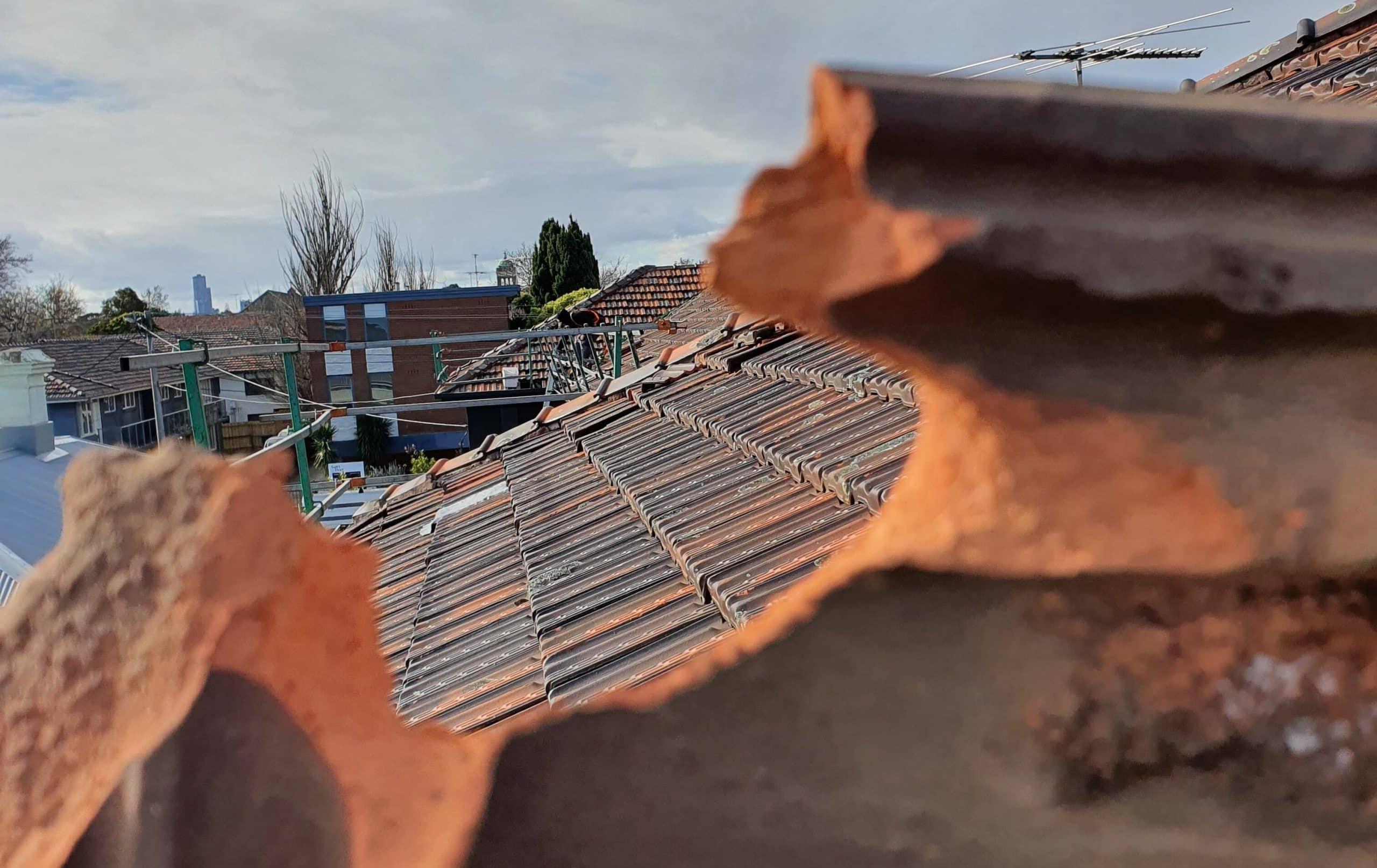
Evaluate the extent of damage to your tiled roof. Minor issues such as loose or missing tiles, damaged flashings, loose/missing mortar or minor leaks can often be addressed through restoration. However, if there are significant structural issues, widespread damage, or recurring leaks, a roof replacement may be a more suitable long-term solution. Or you may be using an inexperienced tradesman.
Cost Considerations:
Compare the cost of restoration versus a roof replacement. Restoring a tiled roof is generally more cost-effective than a full replacement. However, the cost of restoration can vary depending on the extent of repairs needed and the specific materials and techniques used. The design of the roof, access and materials used originally, may push you towards restoration. Obtain quotes from reputable roofing contractors to determine the cost difference between restoration and replacement.
Historical or Architectural Value:
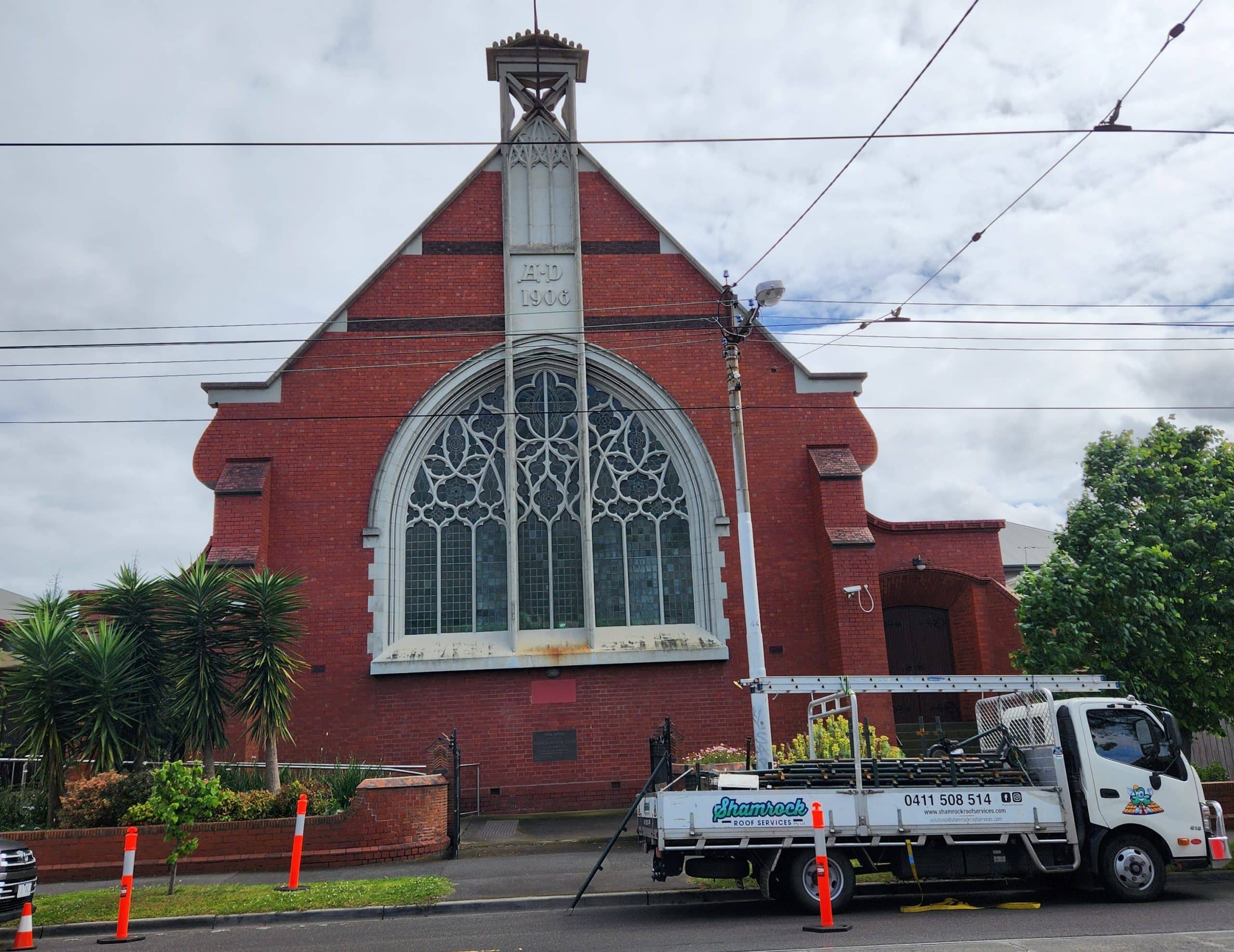
Consider the historical or architectural value of your tiled roof. If you own a heritage property or a home with unique architectural features, preserving the original roof may be important for maintaining the property’s character and value. In such cases, restoration can be a worthwhile investment.
Long-Term Benefits:
Think about the long-term benefits of restoring your tiled roof. Restoration can improve the roof’s performance, enhance its appearance, and address any existing issues. It can also help prevent further damage and extend the lifespan of the roof, potentially saving you money in the long run. Sometimes it just needs mortar, metals and some minor items fixed. The tile may have many years of life left.
Professional Assessment:
Consult with a professional roofing contractor to assess the condition of your tiled roof and provide expert advice. They can evaluate the extent of damage, recommend the most suitable course of action, and provide cost estimates for restoration and replacement. Their expertise can help you make an informed decision based on your specific situation.
Ultimately, the decision to restore a tiled roof depends on the unique circumstances of your roof and your priorities. Consider the factors mentioned above, weigh the costs and benefits, and consult with professionals to determine the best course of action for your specific situation.


